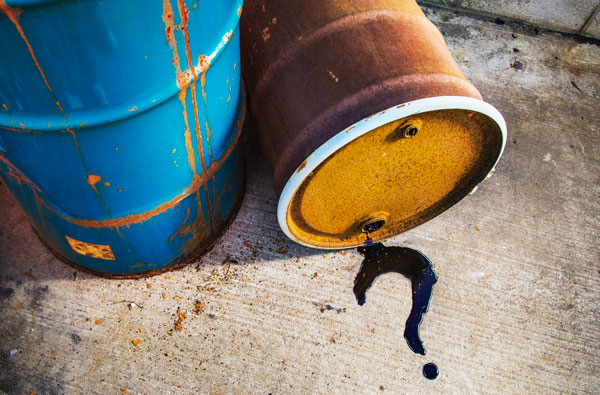How to dispose and handle waste hydraulic oil, hoses & associated waste
There has been considerable uncertainty within the hydraulics industry regarding the classification of various types of waste and how it should be processed in an environmentally responsible and legally correct manner. This uncertainty has also led to questions relating to the need or otherwise for Consignment Notes when transferring the waste. In our latest…
There has been considerable uncertainty within the hydraulics industry regarding the
classification of various types of waste and how it should be processed in an
environmentally responsible and legally correct manner. This uncertainty has also led to
questions relating to the need or otherwise for Consignment Notes when transferring the
waste.
In our latest blog, we share advice recently published from the British Fluid Power Association on how these items should be dealt with.
WASTE HYDRAULIC OIL
Hydraulic oils are listed within The European Waste Catalogue (EWC) as ‘absolute
hazardous waste’. To ensure that the movement of waste hydraulic oil is traceable a
Consignment Note must be prepared before the waste oil is moved. A Consignment Note
must contain certain information concerning:
- i) the nature of the waste
- ii) a full description (including the EWC) code
iii) where, when and who generated the waste
- iv) details of who the waste was consigned to
WASTE HYDRAULIC HOSES, RAGS, SPILL PADS AND GRANULES
Where possible, the specific hydraulic oil being used should be identified and the Safety Data Sheets (SDS) checked to see if there is any indication that the oil contains hazardous substances. In a
maintenance and repair environment, this is not usually possible, so for standard hydraulic
applications the oil can be considered to be mineral oil-based and non-chlorinated, which
carries the EWC code of 13 01 10.
Additionally, because these hoses have residues of hydraulic oil which do not display any
hazardous properties, the correct code to use is 16 01 22 which is a (mirror) nonhazardous
waste.
Oily rags, spill pads and granules used in the clean-up and maintenance are classified
under 15 02 of the EWC. Similarly, because the oil does not have hazardous properties,
these wastes will also be classified as (mirror) non-hazardous: 15 02 03. There are two
considerations, however:
- A need to act responsibly to minimise the amount of oil used in hydraulic hoses,
spill pads and granules, etc. and any environmental damage this waste oil could
produce.
- The need to comply with The Environmental Protection Act 1990 [2], Section 34:
Waste Management – the Duty of Care, a Code of Practice regarding the transfer of
any controlled waste (see Appendix B).
NOTE 3: Used hydraulic hoses, rags, spill pads and granules are controlled waste under
this Code of Practice.
Also available from: http://www.eauc.org.uk/templates
Consequently, in simpler terms, waste hydraulic hoses, rags, spill pads and granules do
not require a Consignment Note for transport purposes, provided that they are handled
appropriately and disposed of in accordance with the Regulations above.
APPROPRIATE HANDLING, GOOD PRACTICE AND DRAINING OF USED HYDRAULIC HOSES
Oil should be drained from any hydraulic hoses before it is removed from site. It is not
considered good practice to drain oil into a container which is then poured back into the
hydraulic system as this can result in contamination.
In the event that such waste hydraulic oil is recovered and left at the customer’s site, the
service provider, as the producer of the waste, has an obligation under their Duty of Care
to take reasonable steps in ensuring that the oil will be handled appropriately. This will, at
least, include informing or reminding the customer of their obligations under WM3 to
ensure that the oil is disposed of in the appropriate manner.
In the event that the oil is to be transferred by the customer, they also need to be reminded
that they are obliged to do so with the appropriate Consignment documentation.
Such notification might be made in the form of a printed leaflet to be left at the site which
both informs the customer of their obligations and provides them with guidance on how to
meet their responsibilities under the relevant Regulations. Whilst this may not completely
remove the service provider from any responsibility for subsequent mis-handling of the oil
by the customer it will, at least, be seen as best practice and constitute reasonable efforts
to ensure that the customer is complying with the Regulations. Any service provider’s
paperwork associated with the customer signing to acknowledge completion of the work
may also contain similar provisions stipulating that as it is a hazardous waste, it will be
assumed that any oil left at the customer’s site will be disposed of in accordance with the
relevant Regulations.
TRANSFER OF NON-HAZARDOUS WASTE
Section 34 of the Environmental Protection Act stipulates that if any non-hazardous
controlled waste is transferred then a Waste Transfer Note is required. Someone who
carries out repair work is considered the producer of the waste. Hence, if the producer
removes any hose and associated waste from site it is not being transferred and a Waste
Transfer Note is not required.
OIL FILTERS/CARTRIDGES
Oil filters are classified under the end-of-life vehicle category 16 01 and specifically
16 01 07 which is classified as Absolute Hazardous (AH).
NOTE 6: The movement of any oil filter/cartridge needs to be traceable and a Consignment
Note is required.
SCOTLAND AND WALES
The Scottish Environmental Protection Agency (SEPA), operates independently from the
EA as do the other regulators for Northern Ireland and Wales. The Regulations controlling
the movement of hazardous (special) waste in Scotland are also slightly different.
The rules, however, governing the classification of waste are not different, being driven by
European Regulations. All four agencies contribute to a single piece of guidance on waste
classification (WM3). Classifying this waste, therefore, in any part of the UK using this
guidance will result in reaching the same conclusion.
The agreed classification applies UK-wide.


